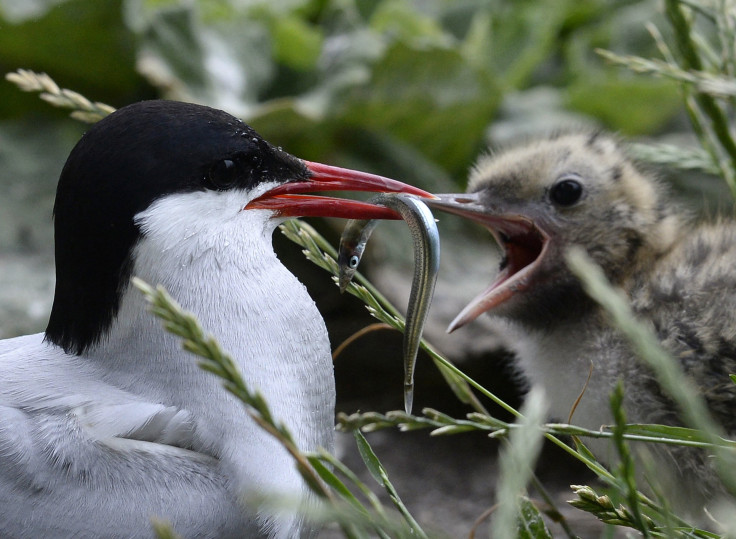The Arctic tern sets world record by flying twice round the world

An Arctic tern, which measures 11-15 inches in length and weighs about a 100 grams, has set the record straight for the longest migration trip ever recorded. One may be fooled by the size of this tiny seabird that travelled the equivalent of flying twice around the planet.
The bird did a whopping 59,650 miles during its migration trip to Antarctica and back. The total distance covered by the incredible seabird of the tern family, Sternidae, was more than twice the planet's circumference. The bird’s journey round the planet was monitored by a small device (0.7 gram) attached to its leg. Experts confirmed that the device attached had no effect on the bird’s flight.
The Arctic tern, which was part of a study by scientists at Newcastle University for BBC's Springwatch, started its journey July 2015 from its breeding grounds in Northumberland down Africa’s west coast. It flew towards the Indian Ocean after rounding off Cape of Good Hope in South Africa. It arrived in Antarctica in November 2015. The Arctic tern dipped down into the sea waters to catch fish to eat during their journey.
“It's really quite humbling to see these tiny birds return when you consider the huge distances they've had to travel and how they've battled to survive,” Richard Bevan, a member of the team who tracked the birds' progress at Newcastle University, said in a statement.
Although Arctic terns are not endangered, in recent years, there has been a decrease in their populations. Farne Islands has over 2,000 breeding pairs of Arctic terns. However, their breeding colonies in the Outer Hebrides and Shetlands in Scotland have shown lower numbers of babies produced. Climate change and global warming can be the primary issues for this.
Arctic terns feed on sand eels and warm ocean currents have caused the sand eels to move north. Terns are extremely sensitive to marine environment changes. Scientists attached the electronic tags in 29 Arctic terns. Out of them, 20 have already come back.
As Arctic terns can live for 15 to 30 years, they can cover over three million kilometres over its lifetime, which is roughly equivalent to four round trips to the moon.





















